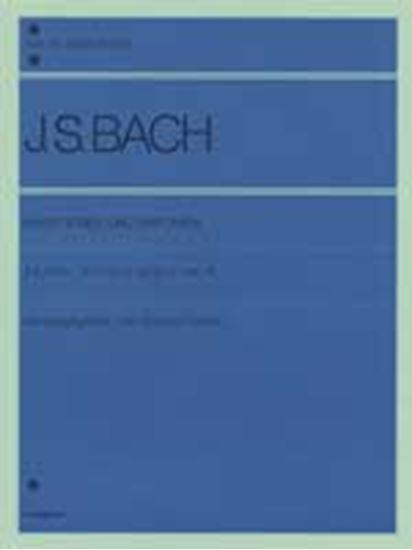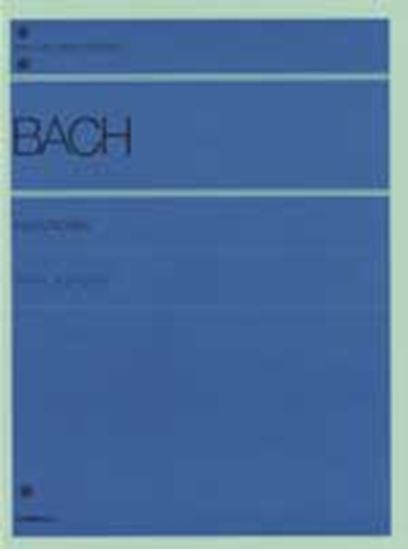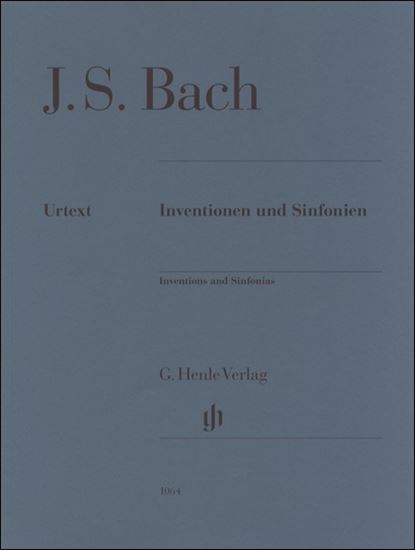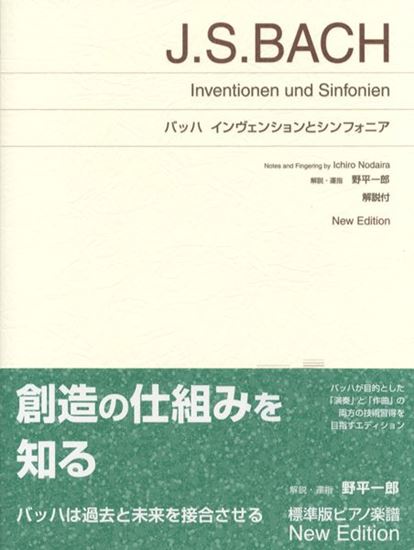Bach, Johann Sebastian : Sinfonia Nr.7 e-moll BWV 793
Work Overview
Genre:pieces
Total Playing Time:1 min 30 sec
Copyright:Public Domain
Commentary (3)
Author : Takamatsu, Yusuke
Last Updated: September 18, 2020
[Open]
Author : Takamatsu, Yusuke
E minor, 3/4 time.
It possesses a musical character akin to an "arioso," which is intermediate between a recitative (narration) and an aria (singing). Although written in a contrapuntal style, its relatively free structure reveals the character of a "fantasia," which was the original name for "sinfonia."
It consists of four theme expositions. Following the initial first exposition, in the second exposition (from m. 14), the theme enters in the reverse order of the first exposition (middle voice → upper voice), and a new counter-melody is combined. At the beginning of the third exposition (from m. 25), the key of D major and the rest in the lower voice announce the start of the latter half of the piece. After the theme is presented without interruption, it returns in the tonic key at m. 37 (fourth exposition). Here, all three voices seem to overlap in presenting the theme, emphasizing the concluding section.
Author : Hayashikawa, Takashi
Last Updated: March 15, 2018
[Open]
Author : Hayashikawa, Takashi
Musical examples provided by: Bärenreiter Verlag
Author : Ooi, Kazurou
Last Updated: March 12, 2018
[Open]
Author : Ooi, Kazurou
Sinfonia No. 7 in E minor
The most challenging aspect of this Sinfonia is making the voices flow horizontally and creating smooth lines. Many of the thirds and sixths in this piece must be played by the right hand alone or the left hand alone, making it impossible to connect the two voices with fingers alone, thus rendering the pedal indispensable. To avoid muddiness when using the pedal, the tempo is set to a speed where the pedal can be changed once per eighth note. Please remember that when setting the tempo for Bach, we sometimes do so based on such reasons. This is not uncommon.
Please refer to the score. In measure 4, the pedal is already necessary. The same applies to measures 5 and 6. As you may already know, the pedal in Bach is used solely for the purpose of connecting voices. Consequently, a very brief pedal is sufficient. It is not a Romantic-style pedal. To explain specifically, for example, in measure 6, the right hand's sixth and the left hand's eighth rest must be observed, while the soprano and alto are connected with the pedal so they do not break. In places like this measure, it is sufficient to change the pedal once per eighth note. However, please look at the transition from measure 27 to measure 28. The left hand does not require the pedal and can connect the line with fingers. Let's assume that even the right hand's sixteenth notes can be connected with fingers alone. However, the dotted half notes in this situation must be played with the first finger of the right hand, inevitably resulting in a 1-1 fingering for the two dotted half notes between measures 27 and 28.
The 1-1 fingering causes the sound to break as the finger must leave the key when changing. Therefore, in measure 27, at the very end of the third beat, engage the pedal 'for just an instant' to connect to the next G. It is truly for just an instant. This is Bach's pedal technique. Now, I explained changing the pedal once per eighth note, but in fact, this pedaling sacrifices some sixteenth notes. The sixteenth notes appearing from measure 16 onwards inevitably require the pedal to maintain the polyphonic order of the other two voices, resulting in some muddiness in several sixteenth notes. The author still considers the pedal for connecting voices indispensable, even if it causes muddiness in the sixteenth notes. Of course, there are also beats where the pedal is not needed, so if it's not necessary, don't use it and connect with fingers; if it is necessary, always use it.
Other specific points to note:
- In measure 6 and similar instances of sixths, reduce the alto's volume as much as possible. Also observe the rests in this measure.
- In measure 13, third beat, and other detailed sections like the alto's quarter note, strictly observe the note values.
- In measure 19, third beat, ensure the handover of the alto line between the hands is imperceptible to the listener.
- In measure 23, the soprano G is sustained with a long tie, resolving to F-sharp in measure 25. While a certain volume is necessary, it is crucial for the performer to continuously listen to the G.
- In measure 37, just before entering the soprano theme, take a brief breath and allow a moment of time.
- Measures 42-44, play improvisationally.
PTNA & Partner Channel Videos(2items)
Sheet MusicView More
Scores List (42)

カワイ出版

(株)ヤマハミュージックエンタテインメントホールディングス

(株)全音楽譜出版社

(株)全音楽譜出版社

(株)ドレミ楽譜出版社

(株)音楽之友社

(株)全音楽譜出版社

(株)音楽之友社

(株)音楽之友社

(株)ドレミ楽譜出版社

(株)ドレミ楽譜出版社

(株)ドレミ楽譜出版社

(株)ドレミ楽譜出版社

ヘンレー

ヘンレー

カワイ出版

(株)渓水社

(株)音楽之友社

(株)全音楽譜出版社

(株)エー・ティ・エヌ

(株)全音楽譜出版社

カワイ出版

(株)音楽之友社

(株)音楽之友社

ヘンレー

ヘンレー

(株)学研プラス

















